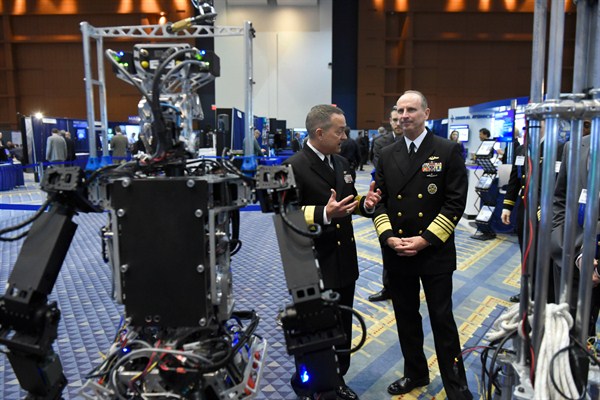“Fifteen years after a drone first fired missiles in combat,” journalist Josh Smith recently wrote from Afghanistan, “the U.S. military’s drone program has expanded far beyond specific strikes to become an everyday part of the war machine.” Important as this is, it is only a first step in a much bigger process. As a report co-authored in January 2014 by Robert Work and Shawn Brimley put it, “a move to an entirely new war-fighting regime in which unmanned and autonomous systems play central roles” has begun. Where this ultimately will lead is unclear.
Work, who went to become the deputy secretary of defense in May 2014, and Brimley represent one school of thought about robotic war. Drawing from a body of ideas about military revolutions from the 1990s, they contend that roboticization is inevitable, largely because it will be driven by advances in the private sector. Hence the United States military must embrace and master it rather than risk having enemies do so and gain an advantage.
On the other side of the issue are activists who want to stop the development of military robots. For instance the United Nations Human Rights Council has called for a moratorium on lethal autonomous systems. Nongovernmental organizations have created what they call the Campaign to Stop Killer Robots, which is modeled on recent efforts to ban land mines and cluster munitions. Other groups and organizations share this perspective.

